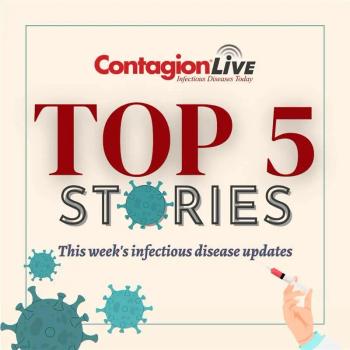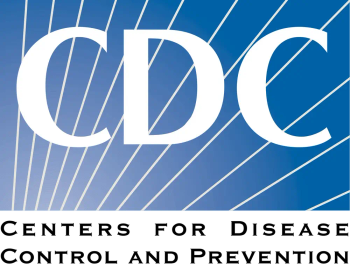
Fidaxomicin Reduces Recurrence Risk in High-Risk C difficile Infections
At MAD-ID, Alyssa Cox, PharmD, showed fidaxomicin reduces 90-day recurrence by 68.3% versus vancomycin, with rates of 7.9% vs. 19% in 176 hospitalized patients.
Alyssa Cox, PharmD, an infectious disease PGY-2 at Memorial Hospital West in South Florida, presented research at MAD-ID 2025 showing that fidaxomicin lowers recurrence rates of initial Clostridioides difficile infection (CDI) compared to vancomycin in patients at risk for recurrence. The multicenter retrospective study of 176 hospitalized adults found a 90-day recurrence rate of 7.9% with fidaxomicin versus 19% with vancomycin. After adjusting for confounders, fidaxomicin was associated with a 68.3% lower likelihood of recurrence, supporting Infectious Diseases Society of America (IDSA) guidelines recommending fidaxomicin for this group.
Cox explained, “Every time a patient has an incidence of C diff, there’s an increased rate of recurrence—even for patients that were treated previously. Each episode of recurrence leads to higher risk of more severe infection, higher incidence, and higher mortality rates. So it’s really important to prevent that risk of recurrence if we can.”
She described the study population, “Currently, as we know, the IDSA recommends fidaxomicin—or vancomycin—for initial incidence of C diff infection. Although, the RCTs used to make this recommendation don’t really represent patients at high risk for recurrence.”
Cox added that the group included patients aged 65 and older, immunosuppressed individuals, and patients with severe initial infection. “These trials don’t necessarily only focus on initial episodes of C diff; they include patients who have already had previous recurrence. So focusing on studies that look specifically at initial incidence and high-risk patients, the literature is lacking.”
Regarding clinical application and cost, Cox said, “Not only did we see decreased risk of recurrence with fidaxomicin compared to vancomycin for the initial episode, we also saw no difference overall in ICU admission between groups. We saw shorter ICU length of stay for patients who received fidaxomicin. We also saw no difference in 30-day readmission.”
She noted, “Those patients readmitted within 30 days specifically due to C diff infections—all originally received vancomycin for treatment. So, decreased 30-day readmission due to C diff infection, as well as shorter ICU length of stay.”
On cost implications, Cox said, “Potentially, with fidaxomicin becoming generically available—hopefully soon—all of these factors combined could lead to cost savings for the healthcare system. More in-depth cost analysis is needed to determine true impact, but lower recurrence rates, alongside other benefits we observed with fidaxomicin, can save costs for both patients and hospitals.”
Discussing patient factors affecting recurrence, Cox explained, “We did a multivariable logistic regression including variables for prior hospitalization and treatment group. Even after adjustment, fidaxomicin was associated with a 68.3% decreased risk of recurrence compared to vancomycin.”
She added, “Prior hospitalization was an independent risk factor that significantly increased odds of recurrence. This was insightful, suggesting that beyond known risk factors, prior hospitalization may itself increase risk.” Cox concluded, “I think the results support current IDSA guidelines. We can feel more confident saying fidaxomicin is an appealing option for these high-risk populations and may decrease recurrence even in these patients.”
Reference
Cox A, Holger D, Hultz K, Jacinto G, Fechtmeyer L. Assessment of vancomycin versus fidaxomicin for treatment of first occurrence Clostridioides difficile infection in patients at high risk of recurrence. Abstract 51 OR FRS. MAD-ID Meeting. May 28–31, 2025. Orlando, FL.
Newsletter
Stay ahead of emerging infectious disease threats with expert insights and breaking research. Subscribe now to get updates delivered straight to your inbox.

















































































































































































































































































